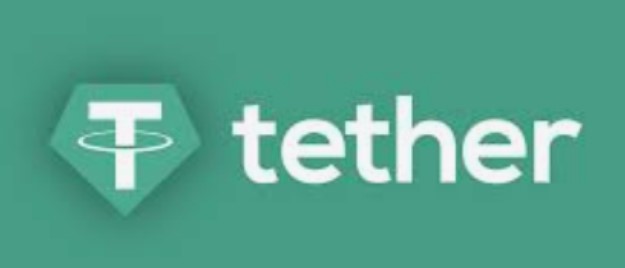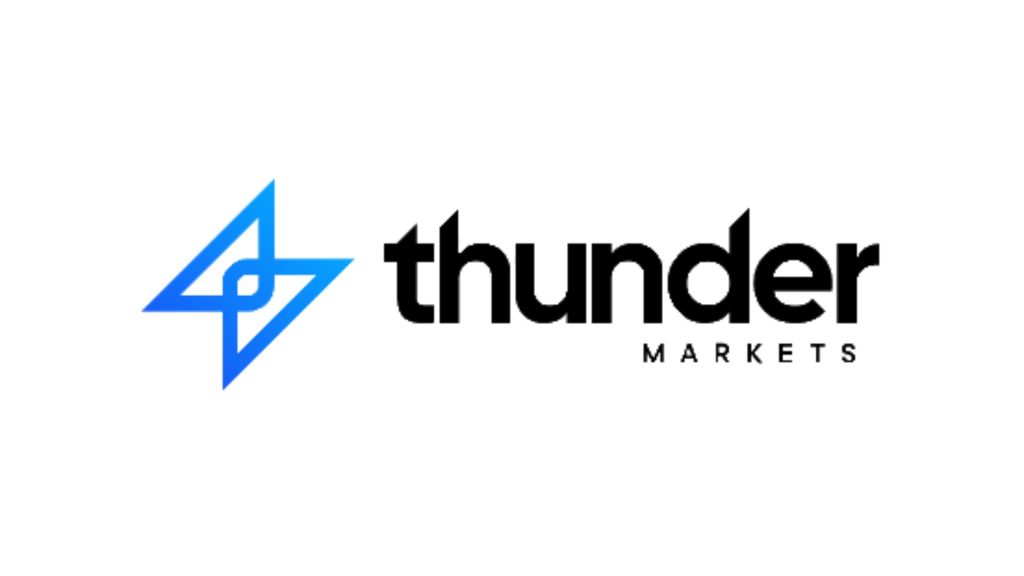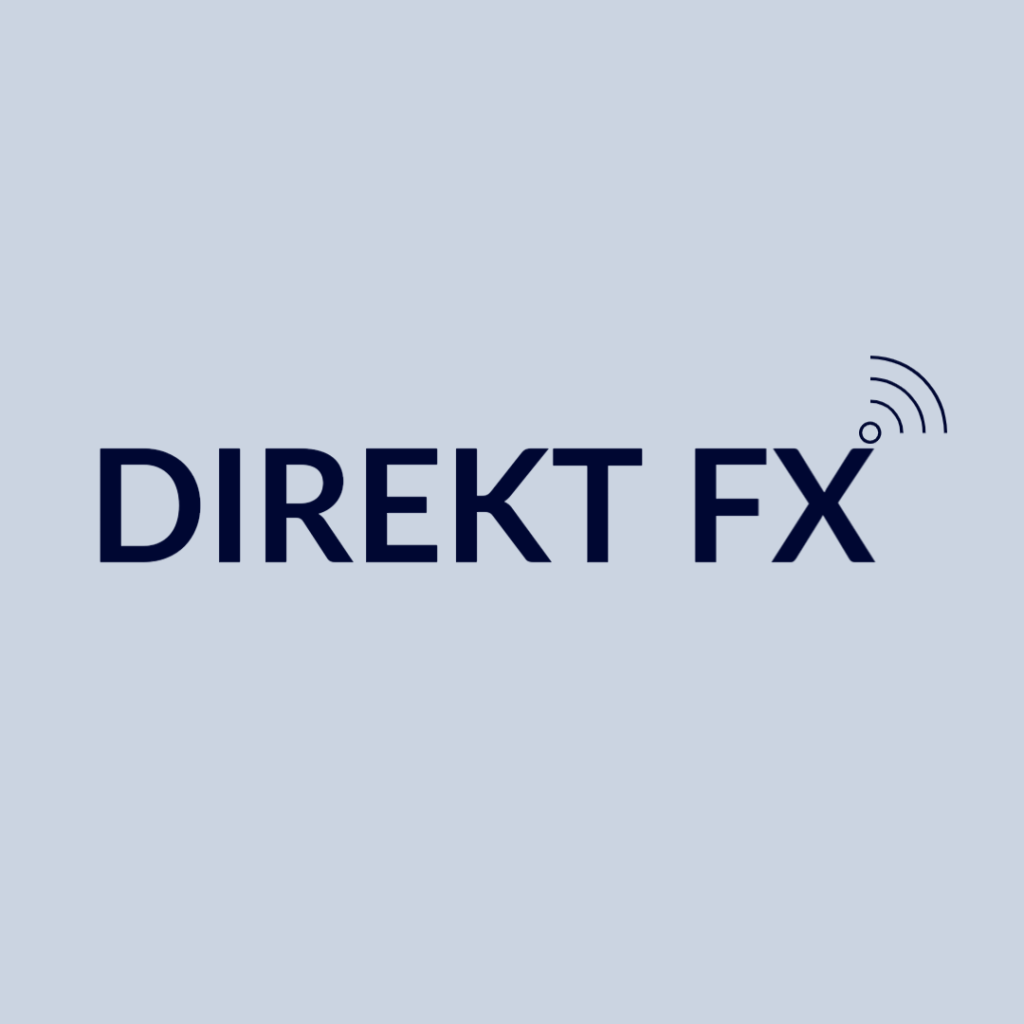
USDT – Tether Mints Billion USDT Amidst Market Skepticism
On December 25, Tether minted $1 billion USDT, a move they called “inventory replenishment” on the Ethereum blockchain. As Tether’s CEO Paolo Ardoino explained, it is part of a process to prepare for future issuance requests and chain swaps. This minted amount is classified as “authorized but not issued.” It means it’s not yet circulating in the market and doesn’t immediately impact USDT’s total market capitalization.
What is USDT?
USDT, or Tether, is a cryptocurrency known as a stablecoin. It maintains a constant value by pegging 1:1 with the US dollar. Traders and investors can hedge against price fluctuations in other cryptocurrencies with it. USDT is a bridge between traditional fiat currencies and cryptocurrencies. It offers a stable medium for transactions and trading strategies.
Where Do the Traders Stand?
This minting can have several implications for traders and investors in the cryptocurrency market:
Enhanced Market Liquidity
It will increase the stablecoin availability in the market. Traders can enter and exit positions easily, especially in large volumes with increased liquidity.
Stabilising Market Volatility
USDT allows traders to protect their assets against extreme fluctuations. It can enhance the stability of USDT and give traders and investors more confidence in using it as a safe haven during high volatility.
Improved Efficiency
It can streamline operations, particularly regarding chain swaps and transaction processing. Transactions can be processed more smoothly and efficiently with more USDT in circulation or ready to be issued. It will reduce delays and potential costs associated with the transfer and exchange.
Facilitating International Trade
The additional USDT can also facilitate international trade in the cryptocurrency market. USDT is often used for cross-border transactions due to its stability and wide acceptance. The increased supply can enhance its utility for international traders and investors.
Enhancing Market Confidence
Tether’s action to mint more USDT will enhance overall market confidence. It assures that their operations are based on a stable and reliable foundation, reducing the perceived risk of cryptocurrency trading and investment.
About Tether
Tether is a blockchain-enabled platform. It facilitates the use of fiat currencies in a digital manner. It was launched in 2014. Tether recently scored 4 out of 5 in a new Stablecoin Stability Assessment. This score represents the ability to maintain value relative to a fiat currency. Tether previously faced challenges regarding transparency and regulatory compliance. However, It has taken steps to increase transparency and regulatory compliance.
Looking Ahead
Tether has significant implications for the stablecoin market. Tether’s practices and the scrutiny they attract could shape future regulatory frameworks. These frameworks will likely address transparency, reserve management, and risk assessment in the stablecoin market. It can lead to more stringent regulatory requirements and oversight for stablecoin issuers.
Connect with a global network of finance professionals and find the ideal trading and liquidity partners now!
Contact us now to make your trading journey smooth!





